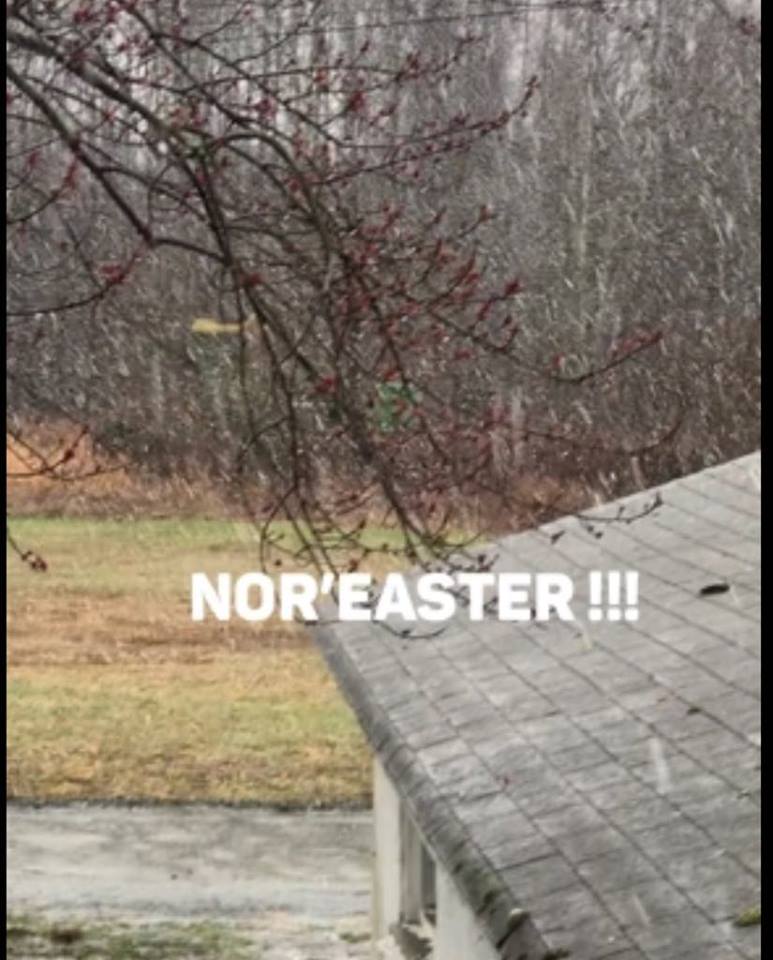
NJ - Be careful, today’s Nor’easter will mean more safety issues on our roads for many Garden State residents.
The American Society of Civil Engineers (ASCE) gave America’s roads a “D,” saying that “One out of every five miles of highway pavement is in poor condition and our roads have a significant and increasing backlog of rehabilitation needs,” according to its 2017 Infrastructure Report Card
And following years of decline, traffic fatalities increased 7 percent from 2014 to 2015, said ASCE, adding that slightly more than 35,000 people died on our nation’s roads.
So far this year, there has been 79 fatal crashes, accounting for 88 fatalities, said the NJ State Police. That’s an increase of 17 percent or 13 deaths compared to the same period last year, based on year to date crash statistics, according to the NJ State Police.
However, there were a total of 12 fewer fatalities at this time last year, compared to 2016.
The Garden State in 2016 saw the usual increase in fatal motor vehicle crashes, recording 570 fatal collisions that resulted in 602 deaths, according to statewide fatal crash statistics. That represents an increase of 48 fatal crashes and 40 fatalities from 2015.
And of those who died, about 29 percent had consumed alcohol to some extent, said the NJ State Police. (Twelve percent were legally intoxicated.)
“As traffic-related deaths continue to be the leading cause of death in New Jersey and the nation, we must continue our efforts in traffic safety awareness. In 2016, the recorded nationwide death toll on our roadways was 37,461 fatalities. This is an approximate increase of 5.6 percent from 2015,” stated Colonel, Patrick J. Callahan, NJ State Police. “Though there was an increase in fatal crashes involving intoxicated drivers in 2016, the law enforcement community reaffirms its commitment to enforcing traffic laws to reduce these occurrences.”
On the average, more than one and a half persons were killed every day on NJ roads in 2015, according to NJ State Police data.
Moreover, there are some 39,0000 miles of public open roads in NJ and in 2015 there was one death for every 64.8 miles, said the State Police.
While straight roads were involved in 59 percent of all fatal crashes, more than 85 percent took place during clear weather conditions.
However, most drivers involved in fatal crashes in NJ are male. (In 2015, nearly 73 percent were males.)
Of the vehicles involved in fatal crashes, just over half involved passenger cars.
Thirty tractor-trailers were involved in 28 fatal crashes killing 29, in 2015, added the NJ State Police Fatal Accident Investigation Unit.
Speed and Red Light Cameras
Speed and red light cameras represent automated enforcement technologies used to detect and deter speeders or red light runners, according to ASCE.
“Many states have enacted legislation either permitting, limiting or prohibiting the use of speed or red light cameras at the state or local level. Enforcement can be limited to a particular area or community,” stated ASCE. “Penalties usually are more lenient than those used with traditional enforcement. For example, the fine may be lower, points may not be assessed, or the citation may not go on the driver's record.”
In NJ speed cameras are prohibited and the 5-year red light camera pilot program ended several years ago.




